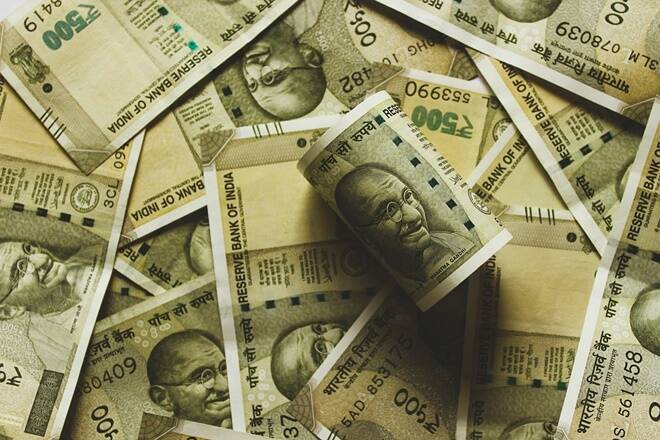No money in bank account? You can still withdraw cash 3-times your salary from banks like SBI, ICICI; Here’s HOW
New Delhi: Indian banks provide customers with an overdraft option that allows them to borrow money from the bank. Because one can utilise the service even if they have no money in their bank accounts, it can be used in times of financial need. The overdraft facility actually functions more like a short-term lending facility that enables bank customers to take out a small loan to get through problems. Customers can use overdraft facilities from state-owned banks like the State Bank of India (SBI) and ICICI Bank, one of the largest private lenders in the nation.
Read More: Fin min authorises 29 SBI Bank branches to issue, encash electoral bonds between December 5-12
Customers of the bank have access to an advance of up to three times their monthly wage through the banking service in times of need. However, the limits vary from bank to bank and are also based on the customer’s financial situation.
You must have gotten multiple communications from the bank regarding the overdraft facility if you are a salaried person. Banks typically notify consumers in advance of the service’s usage cap. Furthermore, not all salaried people are eligible for the service, and occasionally the bank will only lend a portion of the employee’s monthly wage.
The service’s terms and conditions are a little complicated. First off, just a few banks in India now provide personal overdraft capabilities. Second, those on salaries who have a salary bank account with the bank are eligible for the service.
Read More: SBI WhatsApp Banking Services: Here’s How To Check Account Balance, Other Details
Most essential, the bank checks the customers’ credit ratings before transferring the advance to their accounts. Anyone who meets the requirements can quickly address any unforeseen financial difficulties using the bank facility.
Banks charge different interest rates on advances made via the overdraft facility. Banks often charge interest rates on advances made through the overdraft facility that range from 1 percent to 3 percent.





































